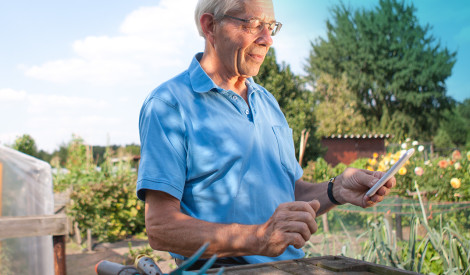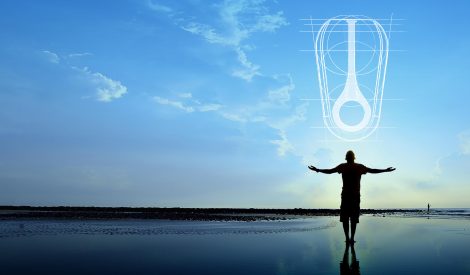For 99% of human history, physical activity was an essential part of the daily life of literally everyone. As our societies have been developing, however, the amount of physical activity required for survival has been plummeting dramatically.
That’s a wonderful development: it has freed up our energy for all sorts of self-chosen activities and passions. We can now spend more time with each other, travel the world, read books, watch movies – activities that are considerably more enjoyable than hunting rabbits, running away from lions and plowing fields.
But while we have progressed from hunter-gatherers, via farmers, to sedentary office workers, our bodies have changed very little. The two centuries that have passed since the Industrial Revolution? A mere blink of the eyes of evolution. We may now spend our days sitting behind a computer before driving home to our comfortably cushioned sofa – but our bodies were never built for this.
A Run Through the Prehistoric Forest?
Physical activity comes with a great variety of health benefits: improved cardiovascular health, increased protection against several types of chronic diseases, improved body composition, energy boosts and mood improvement.
Very few people today are active enough to enjoy these benefits, however. On the contrary: physical inactivity has become one of the main causes of premature death and disease.
The reason for this mass inactivity is a simple one: we’re hardwired to take it easy. Our ancestors needed all their energy in order to stay alive. Spending more energy than was necessary (say, going for a run through the prehistoric forest) would endanger your chances at survival. Those best at taking it easy whenever they had the chance, therefore, survived –- ultimately leading to us.
Hardly any physical activity is required for our survival, today. It shouldn’t come as a surprise, then, that we tend to need a little bit of help getting active.
Hardwired laziness VS. High-Tech
Luckily, the very thing that facilitates our physical inactivity can also help us out of this predicament: technological innovation. Using technological solutions like GoLiveClip & GoLiveActive, we can closely monitor our lifestyles. We can gain insight into our current levels of activity and receive clear instruction about the things we need to change – and how to change them.
That way, we won’t just receive the motivation we naturally lack (but need so desperately). We’ll also obtain the knowledge required to make our physical activity as efficient as possible – in full agreement with the needs of our bodies ánd our prehistorically programmed laziness.




